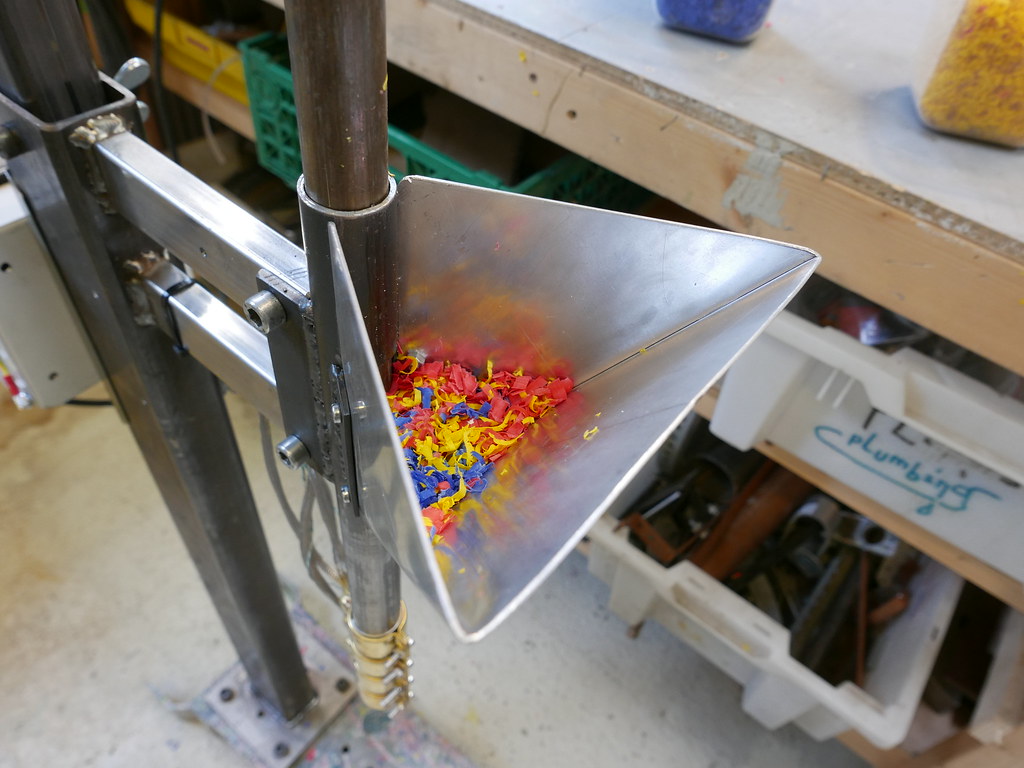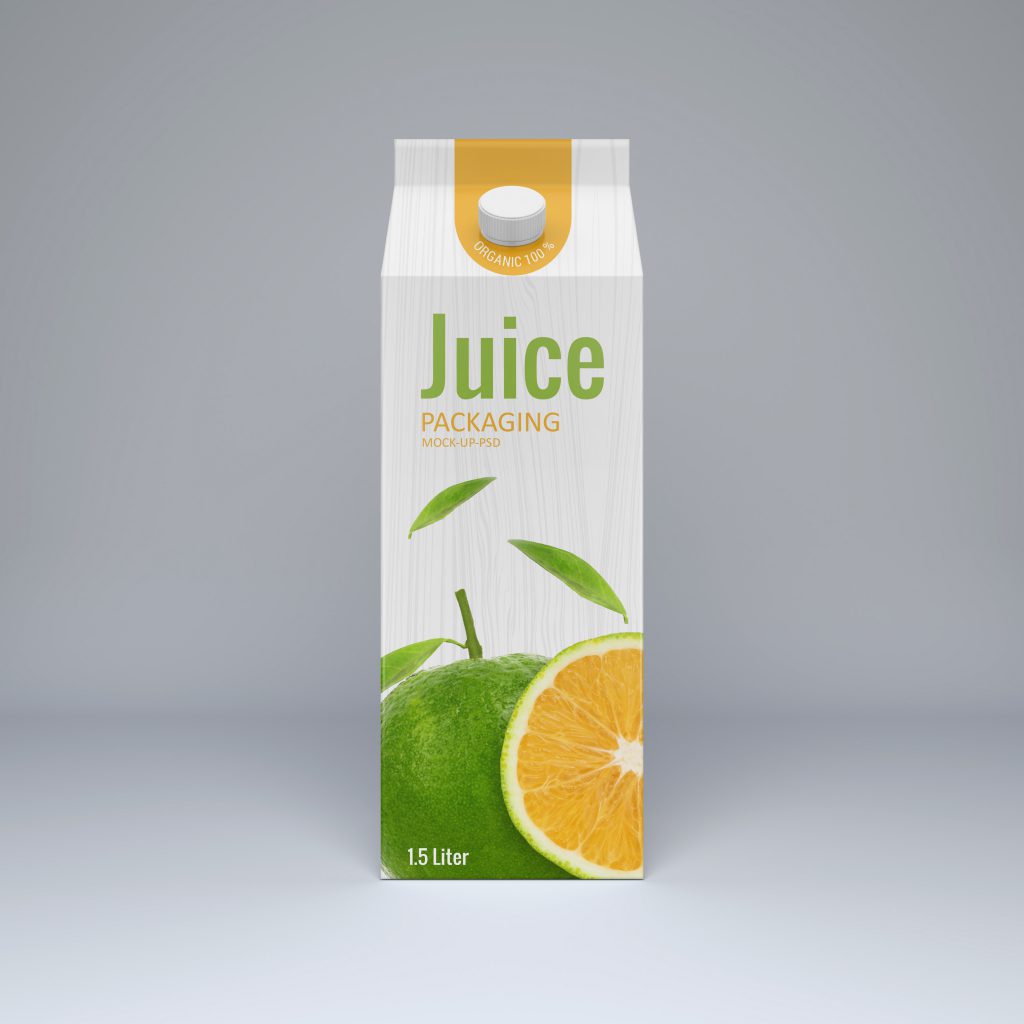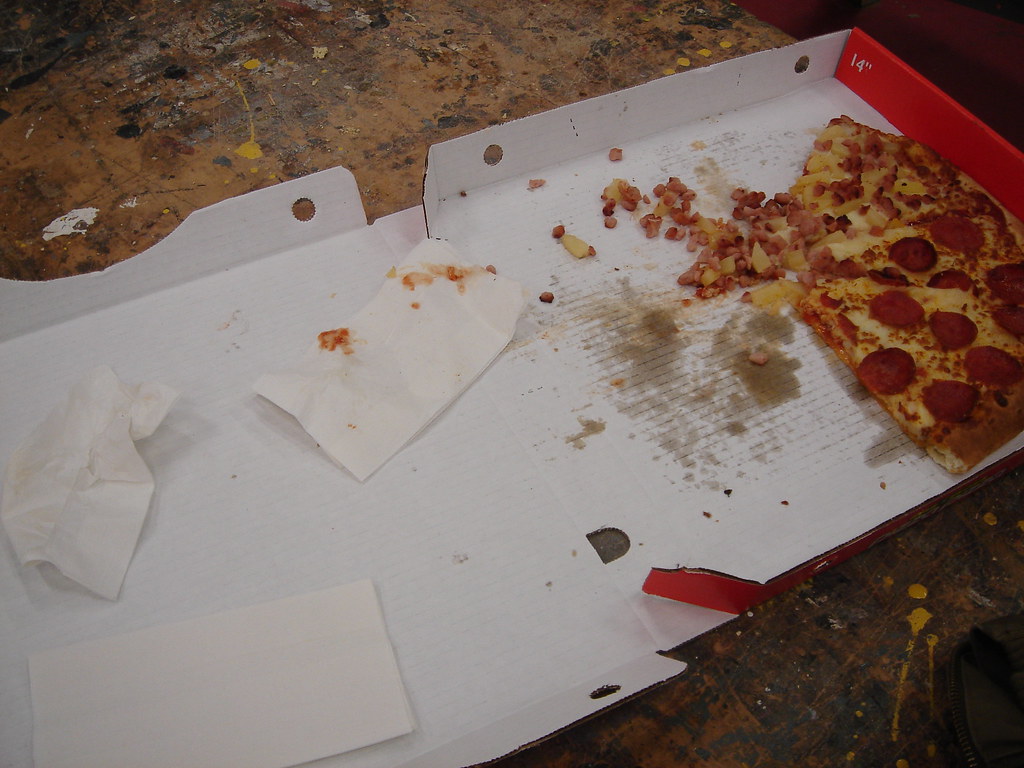What ideas did you come up with to reduce and reuse your waste last time? Reducing and reusing are the best ways to make less waste. If you can’t do either of those things, it’s time to recycle.
When something is recycled, it can stay in use because it gets a new life.
The items that get a new life show up on our store shelves. If we buy those instead of things made from all new material, we will end up using less of earth’s precious materials.
The packaging will usually tell you if an item is made from recycled materials. Here are some things commonly made from recycled material:

Learning to recycle correctly takes some practice!
Why? Every place has different rules. Lots of things are recyclable in theory. But not every recycling center can take them.
You need to find out from your local recycling center or your solid waste district which items you can put into your recycling bin.
Why don’t they all recycle the same things?
Because recycling has some challenges. Let’s follow the journey of your recyclables to find out.
The recycling journey
When your recycling arrives at the recycling center, workers sort each material into it own bundle: one for paper, one for cardboard, one for glass, one for plastics…you get the idea. The bundled materials each go onto different trucks.
These trucks drive to different “reclamation” factories where the material can be “reclaimed” (prepared for manufacturing). The reclamation factories can’t be too far, or will be too expensive to drive there.
Each reclamation factory is a specialist. It takes one kind of material, like paper or aluminum, and prepares it for its next life. It has special machines and chemicals to do that.
Processing means doing stuff like washing, melting, pulverizing, crushing, smashing, zapping, cutting, treating with chemicals, and so on!

Once the material has been processed, it is packed up, put on another truck, and sent to another factory that’s not too far away. A “manufacturing” factory where that reclaimed material will be used to make “new” things.
Even though there are very many of these different types of factories – around the country and the world – sometimes they are not close enough. It would take way too much expensive fuel to transport materials to those far, far away factories.
And that’s a problem. Long distances limit what a recycling center can recycle. And that limits what we can put into our recycling bins and drop off sites.

Here’s one example of this problem:
Cartons can be recycled. But there is no reclamation factory close to Athens-Hocking Recycling Center (AHRC) that the machines that can do it. So AHRC cannot recycle cartons. If you live in Athens or Hocking County
Recycling centers only have a certain amount of money they can spend on trucking these materials out to reclamation factories. If it costs too much, they can’t afford it.
Contamination Problems 

A lot of times people don’t know much about their local recycling center. They are not sure what the recycling center can and cannot accept for recycling.
So sometimes these people put things in their recycle bins that their recycling center can’t send to reclamation factories. These things contaminate the recyclables.
Another kind of contaminant is dirty items in the recycling. If there’s leftover food or drink in a plastic container that could be recycled, that plastic container is now considered a contaminant.
“Wrong” things in the recycling have to be identified during the sorting process at the recycling center. They have to be removed from the sorting belt and thrown away. If there’s a lot of contamination, the sorting operation takes a lot more time and is a much harder job.
As you will see if you do the virtual tour, the sorting conveyor belt moves pretty fast. Some “wrong” items get through the sort without being identified. And that is when another big problem starts.
If the reclamation factories see some contamination in the bundles of materials that got trucked to them, they can refuse to process them. Then the whole bundle of recyclables go to the landfill to be trashed– even though the contaminants are only a small part of the bundle of recyclables!
Your turn: Sort your trash and recycling!
Take a look at what your family is throwing away this week!
Is anything in the recycling that should be in the trash, or vice versa? Resort it so that it is correct.
What could you reuse or reduce instead of tossing it out?
Our friend Maggi shows us how she does it in this video:
If your local recycling center is the Athens-Hocking Recycling Center, check these guides to know what can be recycled: Do’s and Don’ts of Recycling at AHRC and AHRC Recycling Flyer.
If you live somewhere else, look up your local recycling center website.
| Tips for recycling correctly at the Athens-Hocking Recycling Center |
|---|
| Don’t put recyclables into a bag. They should be “loose”. |
| Don’t put items smaller than a business card into your recycling. They fall off the conveyor belt. Examples: Small pieces of paper and loose bottle caps. The small metal caps can be saved with other metals and turned over to a scrap metal facility. |
| Do not put plastic bags in the recycling! They have to go to special collection sites, like you find at some grocery stores. |
| Only recycle plastic if it has a recycling symbol on it (and the number is between 1 and 7). Other plastic must be thrown out. |
| Leave plastic caps on plastic bottles. |
| If an item has mixed materials that you can separate out, do. (Example: Glass jar with a metal lid. Take the lid off before putting it and the jar into the recycling.) |
| Do make sure your recyclables are clean. That they don’t have food or liquid in them. Don’t forget – dirty recyclables are considered contamination too! |
| Don’t recycle black plastic. Because they are dark, they can’t be seen by laser sensors on the black conveyor belt when they are sorted. |
If you can’t find the answer after checking the website or calling: “If in doubt, throw it out.” This may be hard to believe. But it will helps your local recycling center succeed if they have fewer contaminants.